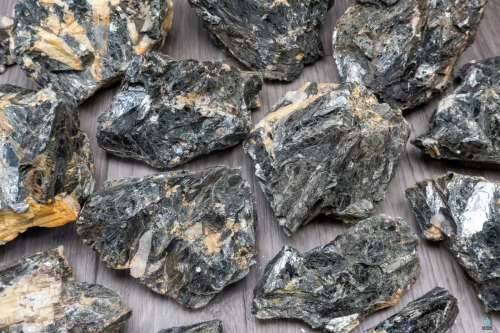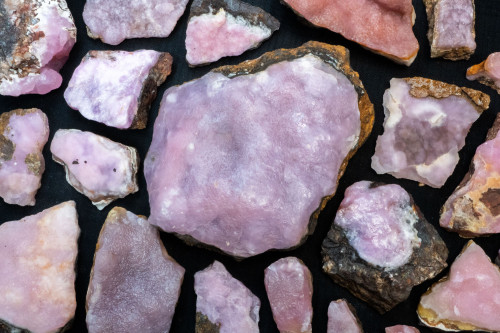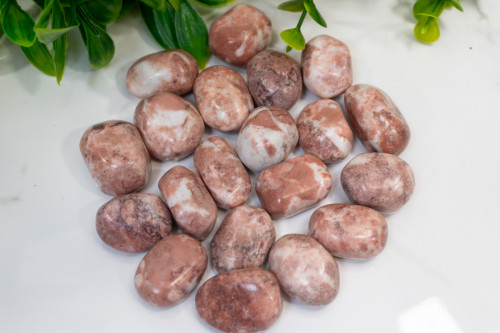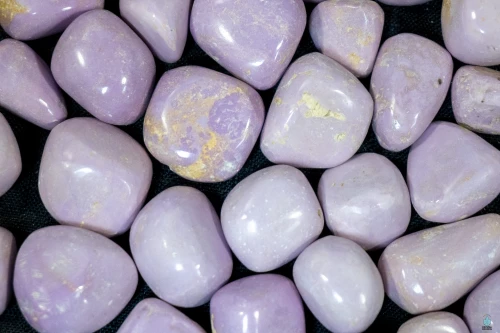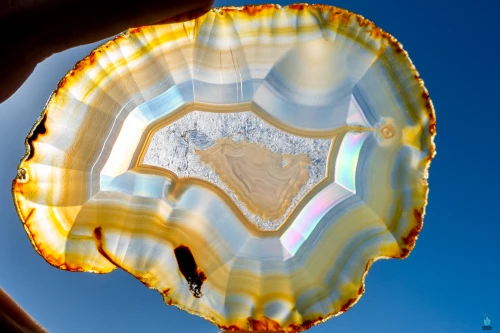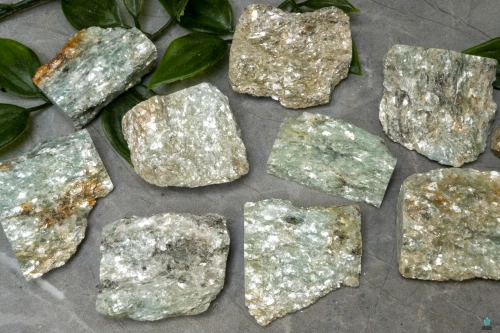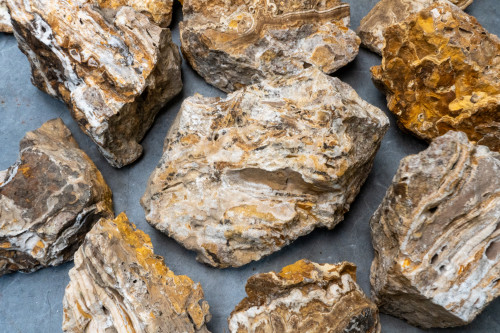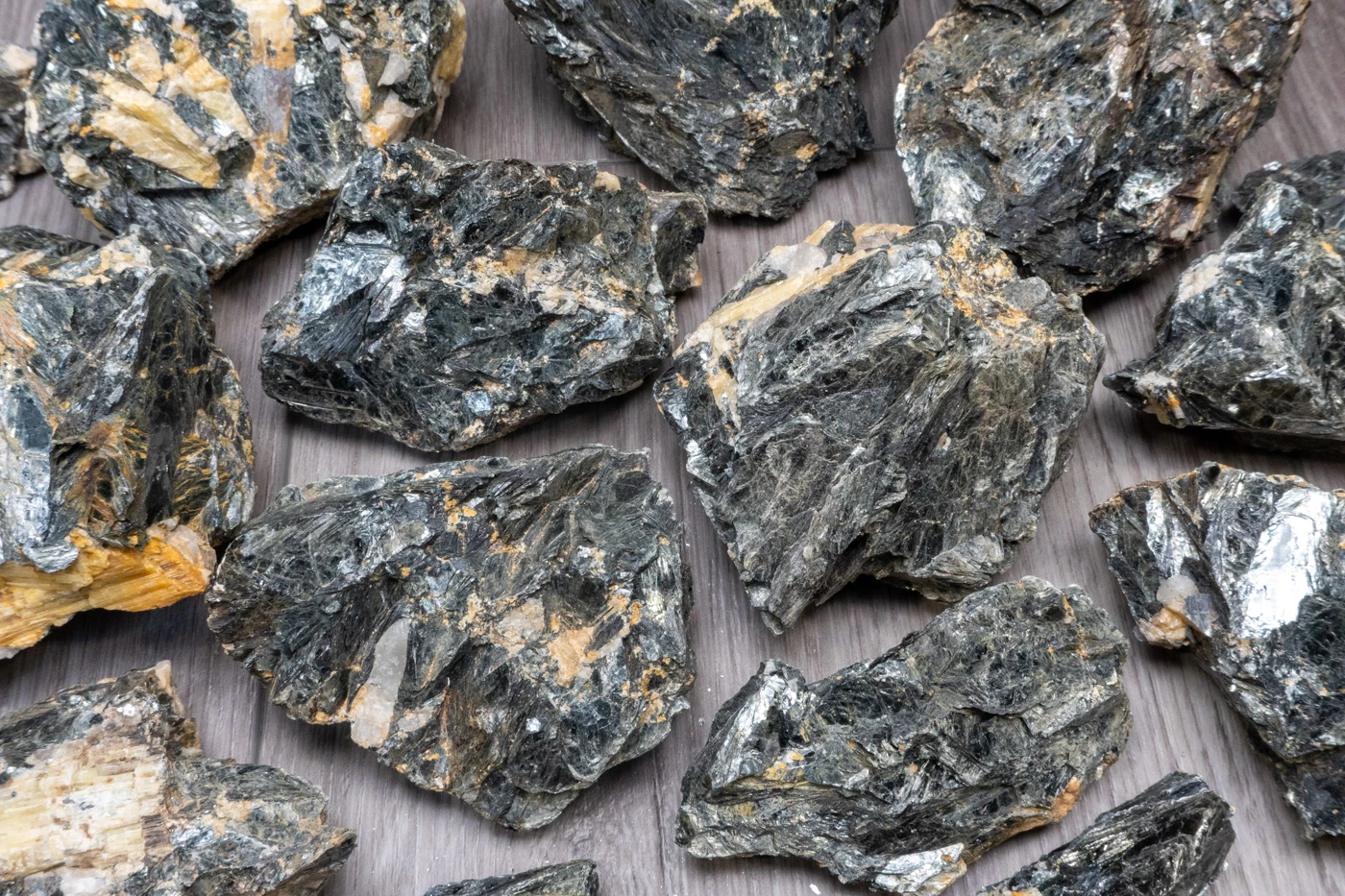
Black Mica (Biotite)
Science & Origin of Black Mica
Black Mica, also known as Biotite, is a phyllosilicate mineral within the mica family. It typically forms in scales or layers, resembling books or parallel sheets stacked together. This mineral is often found alongside Yellow Tourmaline and within potassium Feldspar matrices. Black Mica's size can vary from microscopic to several inches in diameter, with its thickness dependent on the natural stacking of its sheets. Discovered in 1847, Black Mica was named to honor Jean Baptiste Biot, a renowned French physicist recognized for his extensive research on the optical properties of micas. Remarkably, Biotite constitutes about 7% of the Earth's continental crust. The largest single crystal of Biotite, found in Norway, measured an impressive 75 square feet. Notable sources of Biotite include Italy, Canada, Brazil, China, Namibia, Norway, Sweden, and the USA.
Meaning & Energy
Black Mica is more than just a mineral; it acts as a protective shield, especially valuable for mental and emotional stability during challenging times. It's essential for maintaining peace of mind and spirit amidst life's ups and downs. When connected with the energy of this crystal, the root chakra is activated, emphasizing the importance of staying grounded – a practice often overlooked yet immensely powerful for spiritual enlightenment. The Earth is a source of immense energy and nourishment, and it's our responsibility to tap into these vibrations for simultaneous growth and healing. Meditating with Black Mica, focusing particularly on activating the root chakra, helps bridge the gap between the mental and physical realms, fostering a harmonious collaboration between the two.



